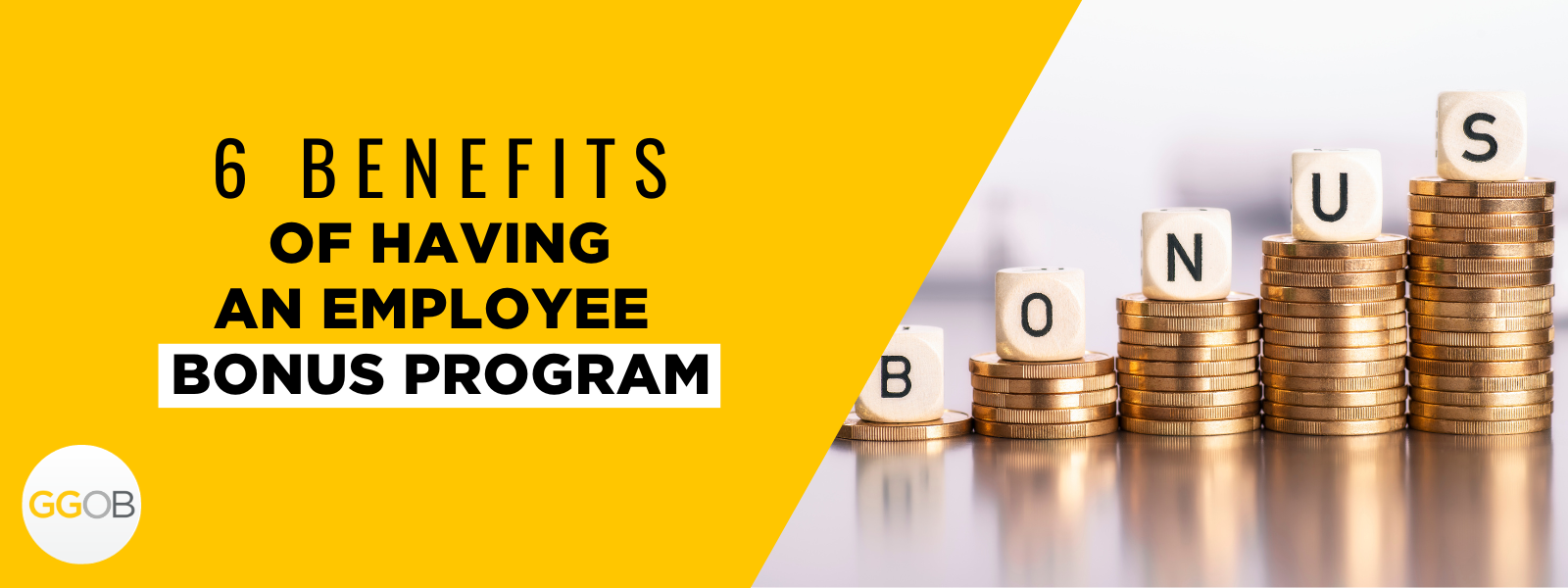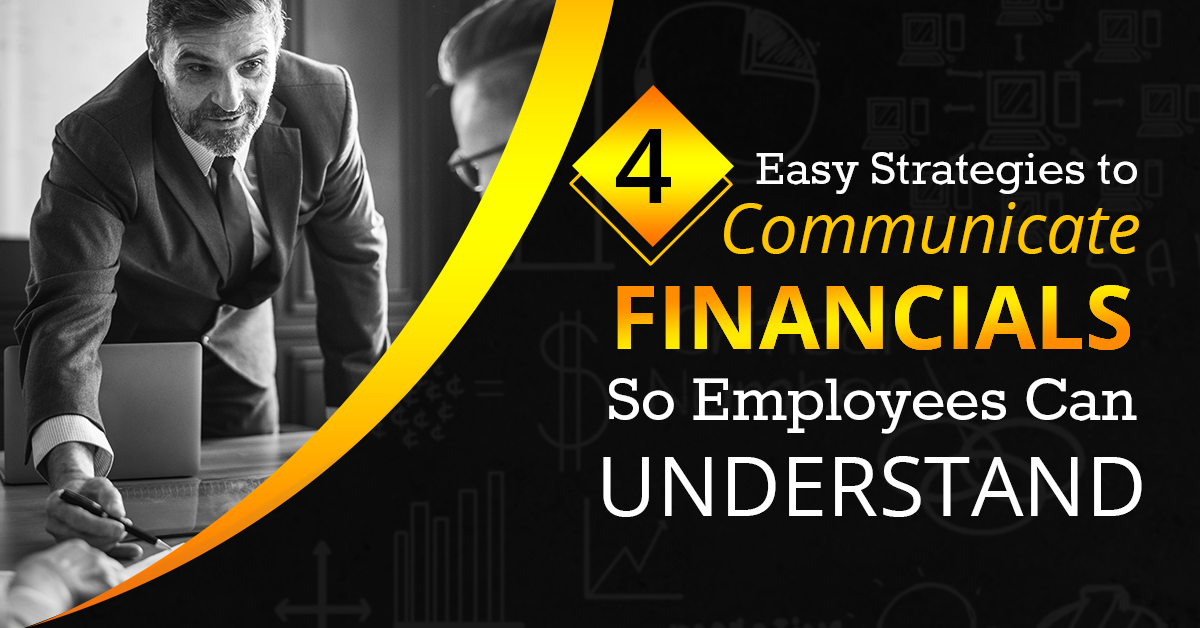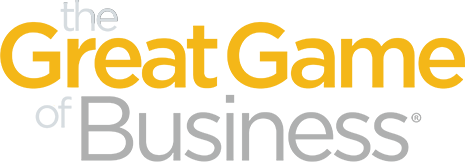
When it comes to deciding upon an exit strategy, owners of closely-held businesses have a lot to think about. Faced with the frightening prospect of turning over the business they have worked so hard to build to new ownership, they might worry about what will happen to the company – and their employees – once they’re gone. Selling the business to a third party isn’t always a welcome or viable option.
But if there isn’t a qualified management team or successor in mind, what’s a business owner to do?
Fortunately, there is an alternative that can help ensure the continuation of the business while providing significant financial rewards for both the owner and the employees: selling the business to employees through an Employee Stock Ownership Plan (ESOP).
An ESOP is a trust set up by a corporation to allot some or all of its stock to its employees over time. It’s similar in many ways to a profit-sharing plan. Shares are allocated to individual employee accounts based on their compensation levels as well as how long they have worked for the company. As employees accumulate seniority, they become increasingly vested in the account.
ESOPs can be used for many purposes, including:
- As part of an ownership succession strategy
- As a pure employee retirement benefit plan
- As a component of a complete leveraged buyout
- To create a market for inside or outside shareholders
- To enable shareholders with management responsibilities to gradually ease out of the business
- To finance corporate acquisitions
- To enhance employee performance and morale
This variability, plus an attractive slate of tax benefits, makes an ESOP a compelling choice in a number of succession planning and corporate finance situations. Further, ESOPs can help business owners gradually begin the process of converting their closely-held ownership over to liquid, diversified capital.
An ESOP can also help ensure the company will retain the owner’s original corporate vision by helping to retain key managers. In addition, because employees own a portion of the company, they will have stronger ties to it and will be more likely to work hard to ensure its success.
Other benefits include:
- Companies can fund ESOPs with pre-tax dollars
- The owner may sell to the ESOP in stages, gradually relinquishing control of the company
- ESOPs can be used to raise capital in order to finance acquisitions or refinance debt
- ESOPs can infuse working cash flow into the corporation
- ESOPs can be used to match employee contributions to a 401(k) plan, significantly reducing the cost of employee benefits
According to the National Center for Employee Ownership, there are nearly 7,000 companies with ESOPs, ranging from small businesses operating in niche markets to industry giants.
Why aren’t there more ESOPs?
Unfortunately, many business owners think that "ESOPs are too complex," and believe it is easier just to sell the Company.
While ESOPs certainly present unique challenges, they’re actually less complicated than a lot of people might think. In many cases, the tax and financial advantages far outweigh the effort of implementation.
A trusted financial advisory firm like Prairie Capital Advisors can help you determine if choosing an ESOP is right for you and then help you put the plan in place. Before long, you’ll be on your way to a happy retirement and your employees will help you celebrate by enjoying a slice of the ownership pie.
Can an ESOP Improve Your Company? Find Out...

For more information on how to become an ESOP visit www.prairiecap.com.
.png)











.png)

